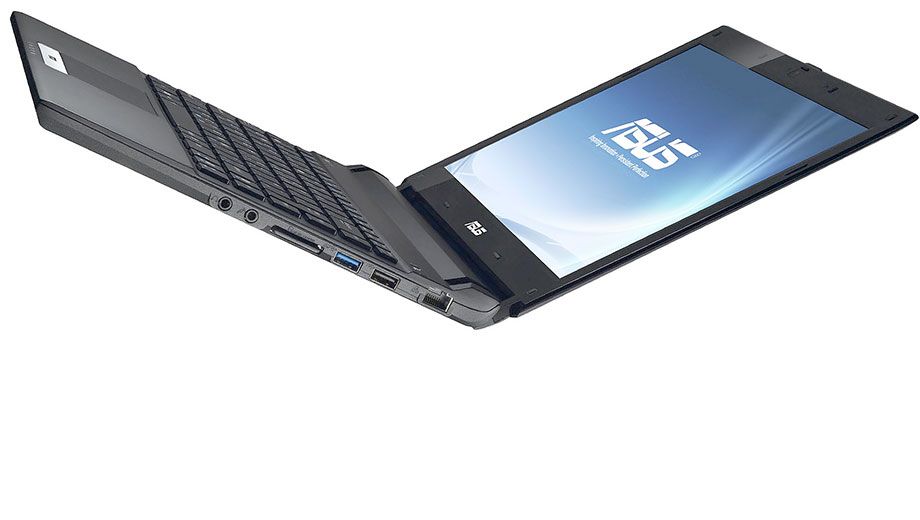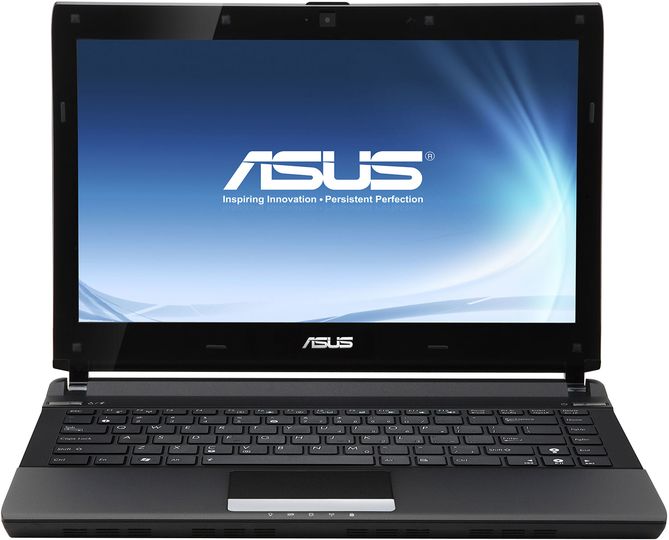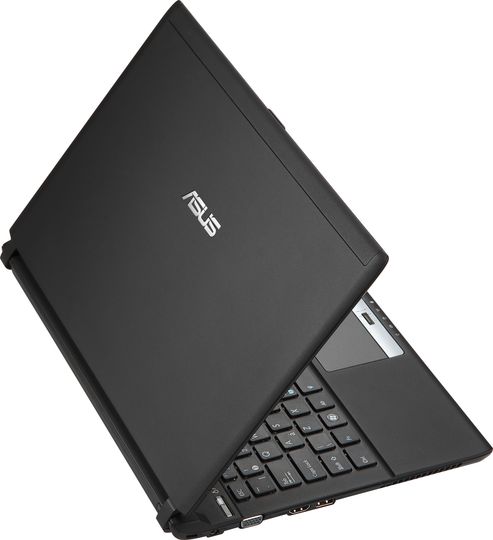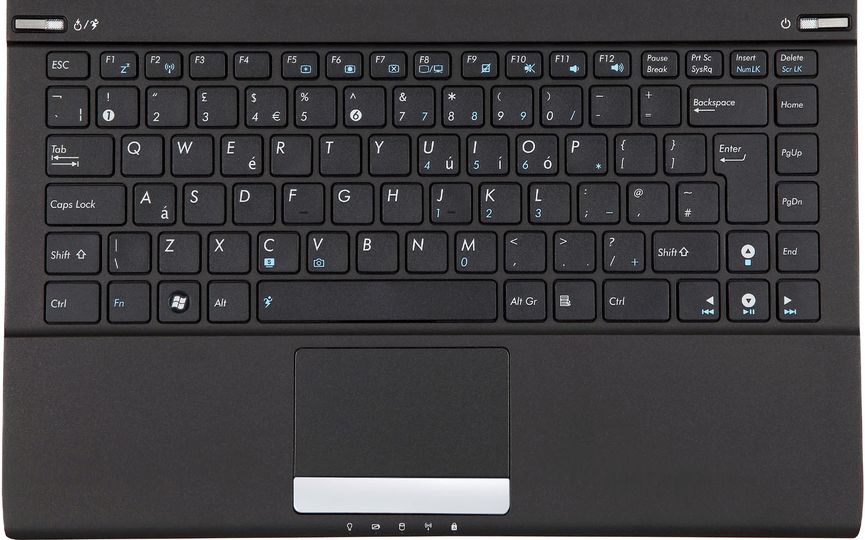This week Australian Business Traveller is scoping out the best Windows notebooks for frequent business travellers. These high-flying laptops deliver just the right mix of maximum computing power and long battery life in a slim, light yet robust package.
While "U36SD" doesn't exactly roll off the tongue, you mustn't overlook this sleek travel notebook from ASUS -- it's among the best thin and light laptops (soon to be) available.
There's nothing to particularly differentiate this laptop from any other -- no exclusive audio technology, no Swarovski crystal-encrusted palmrest -- it's just a really good thin, light, Windows 7 notebook.
In fact, the base of this notebook is so thin, it's only just thick enough to accommodate the height of the USB ports, which shows that ASUS was really serious about shaving this machine down to the minimum thickness possible.
Size and weight
Like other notebooks in this category, the U36SD is designed around a 13.3" screen, which displays 1366x768 pixels -- not the full HD of the Sony Vaio Z, but the right resolution for that size screen, unless you have bionic eyes.
It's only 1.9cm high, which is just 2.3mm thicker than Sony's ultra-uber-premium carbon fibre Vaio Z, and 6.7mm thinner than the thickest part of Toshiba's Portege R700.
With the standard six cell battery, it weighs only 1.6 kg. And if you're a battery-life masochist, you can trade out the six cell for a lower capacity four cell battery to shave another 160 grams off the weight, bringing it down to 1.44 kg (not a move we'd recommend).
What you get
ASUS has built its latest and greatest model around the newest generation "Sandy Bridge" Intel Core i5 and i7 processors, which are super-fast, and better for battery life than the last year's range.
The most basic models come with Intel Core i5 2.3GHz chips; the mid-range comes with a quad-core Intel Core i7 2.0GHz part (four processors in one!), and the top of the line has an Intel Core i7 2.3GHz component (also quad-core).
Even better, these chips are not the "ultra low-voltage" variety that trade speed for longer battery life and lower heat output; they're the full-power ones usually found in larger 14" and 15" notebooks.
Usually, they can only be used in bigger notebooks because they generate so much heat that tightly constructed, thin notebooks can't vent the heat fast enough. But in the case of the U36SD, ASUS has controlled this problem with heat pipes in the notebook that soak in heat and distribute it out the vents with the help of more traditional cooling fans.
There is no DVD drive built-in (which we think is appropriate for a thin and light notebook in the current era, where movie and TV downloads are thoroughly mainstream now, and USB memory keys are -- pardon the pun -- cheap as chips.)
Given that you won't be able to play DVDs while you're travelling, the large hard drive capacity available will appeal: ASUS offers a standard 500GB disk, with the option to upgrade to a 640GB one.
There's no option to trade the mechanical hard drive for a super-fast, flash-memory based solid state drive (SSD), though, which is disappointing, as this makes more difference to the speed of a notebook than just about any other type of extra.
ASUS has packed 8GB memory into this model, which will be enough for almost any usage -- even running a second operating system in a virtual machine like VMWare, Parallels or Microsoft Virtual PC. With this much memory, Windows will never need to be "grinding the hard drive", writing the contents of memory to disk and reading it back into memory again.
In terms of connectivity, there are two USB 2.0 ports and one high speed USB 3.0 jack for speedier file transfers with USB 3.0-enabled hard drives and memory keys.
There's also a full size HDMI port, for easy connection to a LCD or plasma TV -- no silly third party adaptors needed.
Dusty old corporate projectors still lingering round conference rooms haven't been forgotten, with the inclusion of a standard VGA port for no-hassle hooking up to to them too.
There's a webcam for Skype video chats, but it's not a particularly good one -- it's just 0.3 megapixel VGA quality, not one of the higher definition cameras finding their way into some notebooks.
You also get an SD camera memory card reader, Ethernet port and "N" type Wi-Fi (the fastest one).
Bluetooth is also included so you can connect wireless keyboards and mice without the use of a plug-in wireless adaptor.
One disappointing omission for business travellers is the absence of integrated 3G mobile broadband. As a result, you'll either have to get connected to the net through smartphone tethering, a USB modem, or a pocket 3G/WiFi device.
Docking options
ASUS does not make a docking option for the U36SD, so you'll have to plug your accessories in manually when you get back to your desk at home or work.
What it costs
Note, this is a brand new model that's yet to hit store shelves -- it'll be on sale within the next month to six weeks. It's so new, that we don't know the RRP from ASUS Australia yet, but some retailers are already taking pre-orders, with pricing ranging from $1785 to $2384.
One parting comment...
If you're on a tight budget but really want a thin and light notebook, the U36SD's just-superceded cousin, the U36JC, is on clearance sale at many retailers.
It's much the same as the current model, except that it uses last year's Core i5 and i7 processors rather than the current-gen Sandy Bridge models -- still very quick processors.
JB Hi-Fi has the U36JC on special at the moment for $1,192. At that price, there's no reason not to buy a thin and light notebook rather than a chunkier one.








Hi Guest, join in the discussion on ASUS U36SD: the new superpower in slim and light notebooks